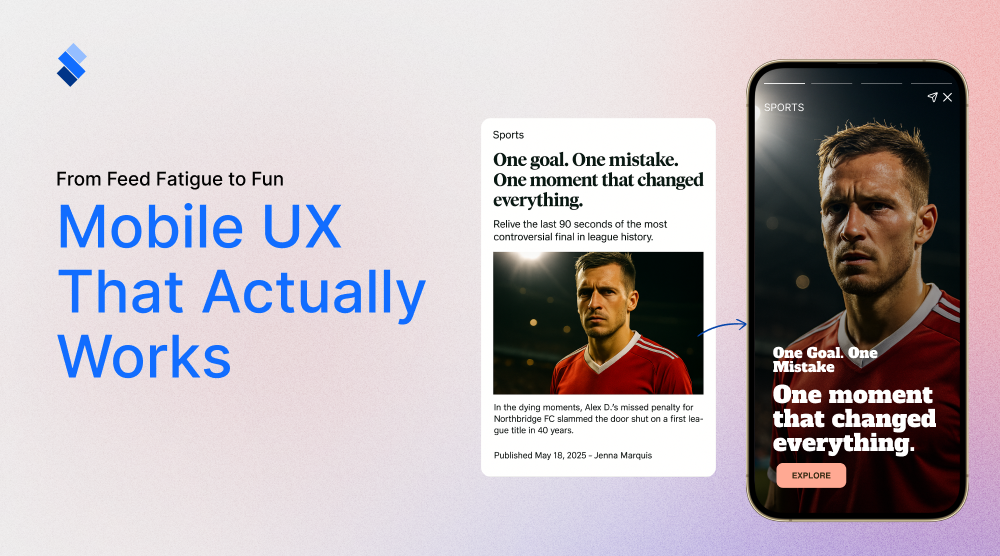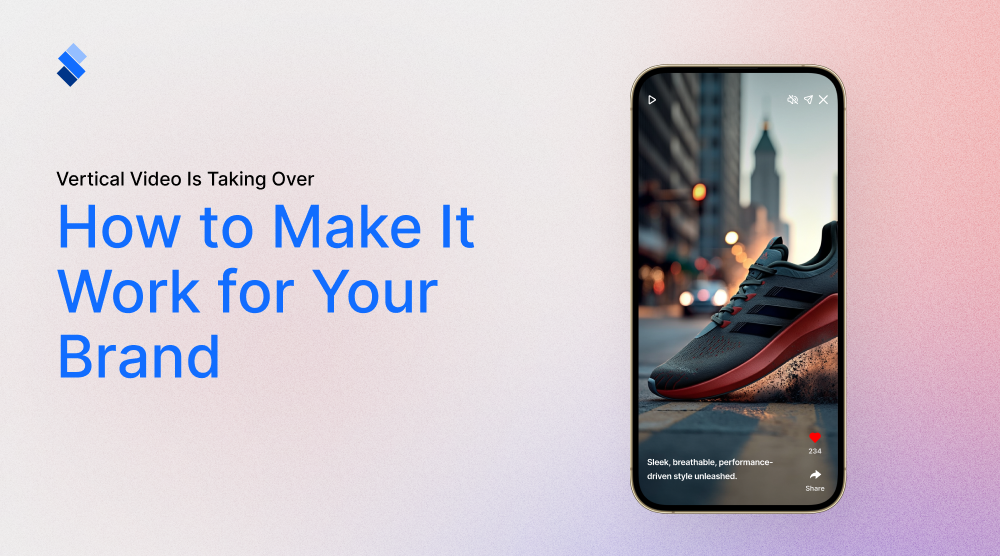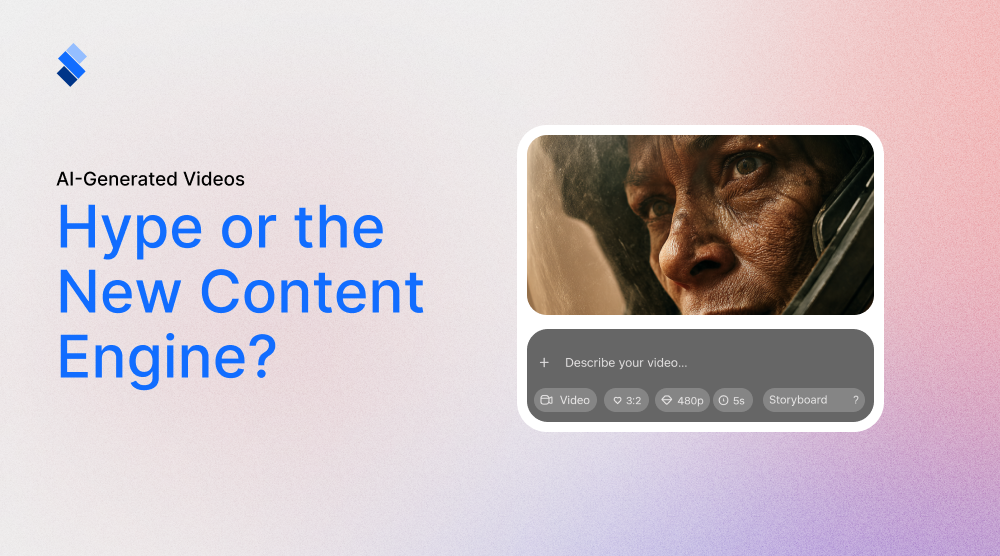Storytelling and marketing
Storytelling and marketing have a natural connection that few marketing managers properly use. Here we will explore that connection.

Storytelling and marketing
There are a couple of trends in modern marketing that every marketing manager needs to be aware of. Personalization and mobile marketing, are among those at the forefront, which is why we've already covered them in previous articles. But, one of the trends that people often find confusing is storytelling. Is storytelling simply another passing fad, or is it going to stay? Are storytelling and marketing necessarily connected? Or can you orient your campaign without storytelling? Those questions and more are what we are going to cover in the following article.
Storytelling and marketing - a natural connection?
While storytelling may be seen as a new invention, it has been an integral part of marketing since its inception. Ever since people decided to promote themselves, one thing was evidently clear. In order to make your message stick, you need to tell a pretty tale. Those who managed to tell a good story through their marketing succeed in establishing their brand. Those that didn't, failed, and continue to do so even to this day.
What is storytelling
In modern marketing, storytelling means using marketing content to tell a story. While you can use a single instance of marketing content (like an article or a video) to tell a full story, storytelling usually entails multiple instances. It can mean using multiple articles to outline a complicated subject. It can also mean making a Twitter thread in order to make a statement. Or it can mean creating multiple videos over time to highlight certain aspects of your company or showcase the progress you are making over a specific time period.
Why is storytelling useful for marketing
As humans, stories play a major part in our everyday lives. When we try to relocate past events or sum up a certain experience we cannot help but put it in a story format. Furthermore, we are naturally inclined to pay attention to stories, and to people that tell good ones. A good story will not only grab your attention but will also stick with you for a long time. So, it only makes sense to use this inherent power of stories for brand promotion.

How to use storytelling in marketing
We've already given you a couple of examples of how storytelling can be used for marketing. If you think back, you can probably remember other examples of storytelling in marketing that you've run into. But, as you can assume, not all storytelling is effective. To use storytelling to its fullest extent, there are a couple of guidelines that you ought to follow.
What content should you use for storytelling?
While written content seems like a natural choice for storytelling, there is essentially no limit to what you can use. Video, animated, web stories, social media posts... All can be used for effective storytelling. What you need to do is to figure out what type of content suits your brand and your marketing best.
Web stories
For instance, let's say that you just learned about web stories and that you are considering using them for your marketing. You can create individual web stories that help highlight your current marketing content. In fact, this tends to be the safest course of action as you effectively connect the web stories with your brand. But, once you establish a connection, and your customers get used to your webs stories, you can also try to be a bit more creative and use web stories for storytelling.

Web stories can be quite effective in gathering declared data for your customers. What you can do is explain why you are gathering declared data in the first story. Put interactive elements where customers can provide you with data (for instance polls) in the second. And thank them for their input in the third.
Video content
Explaining something through videos is a tried and true method of having your content viewed. If you have an important declaration, or you want your customers to learn something important, it is usually smart to put your content in video form. Videos are easy to share and if they are well made, easy to understand. The main limitation in making videos is length. Namely, if your videos are over 2 minutes, you are likely to see a sharp drop-off in customers' interest. Unfortunately, not all subjects can be condensed enough to show in a short video, no matter how creative you are. So, what can you do?

Well, an effective solution is to use video content for storytelling. You can separate a lengthy subject into smaller instances, and describe them separately in each video. If your videos are under 30 seconds, your viewers are far more likely to watch them in their entirety. As such, they will get far better SEO results, and garner a larger audience.
Integrating storytelling with other marketing aspects
While storytelling can be quite powerful in marketing, you don't have to solely rely on it. Some subjects are best presented when they are put in a single piece of content. And trying to shoehorn storytelling where it doesn't belong will only hurt your brand. The best thing to do is to understand what utility storytelling holds and integrate it with the rest of your marketing. Social media posts can promote your stories, and your stories can mention more in-depth content that customers can check out. Don't shy away from integrating interactive elements and connecting your stories to your ongoing marketing. The more you do it, the better your marketing will turn out.
Final thoughts
As you can see storytelling and marketing have a natural connection. It is our feeling that companies will recognize this connection more and more as time goes on. So, if you plan on utilizing storytelling, we suggest that you start exploring it now and develop your style as soon as possible.







